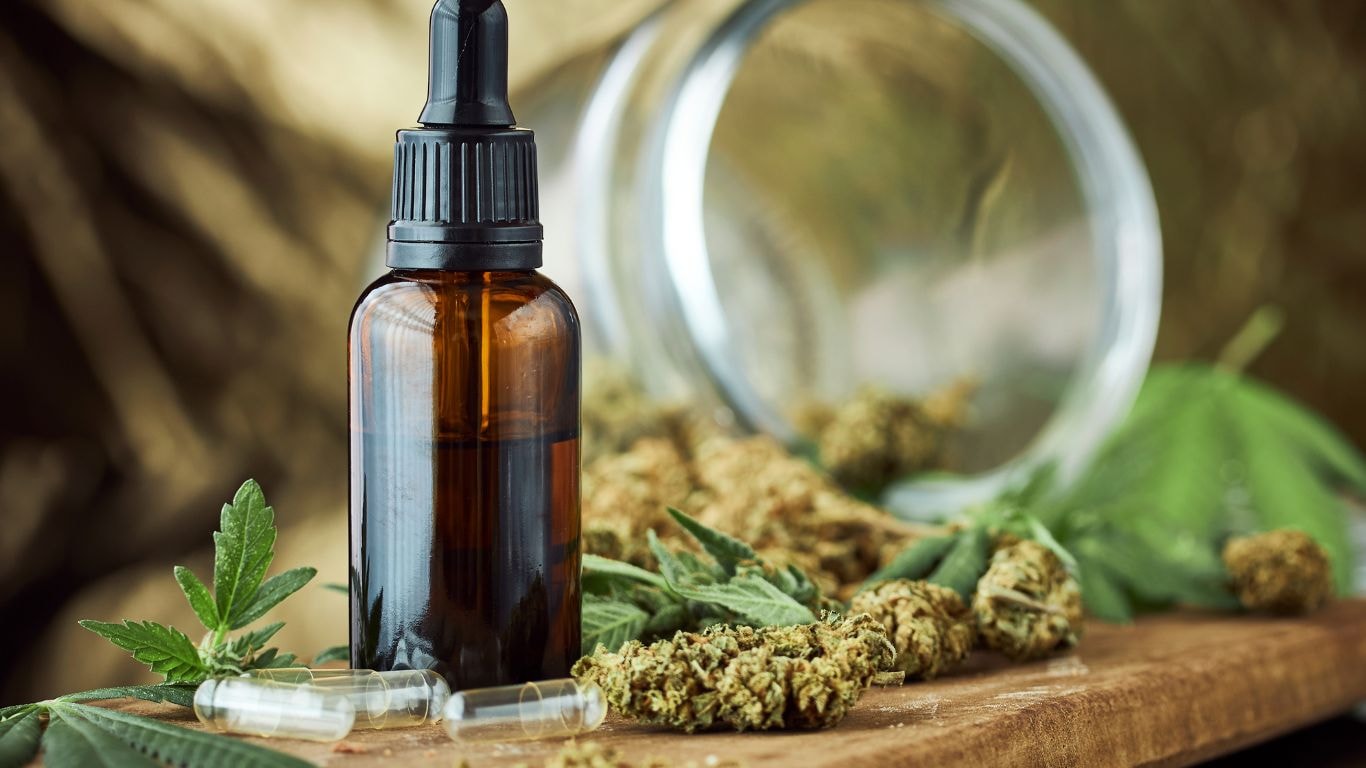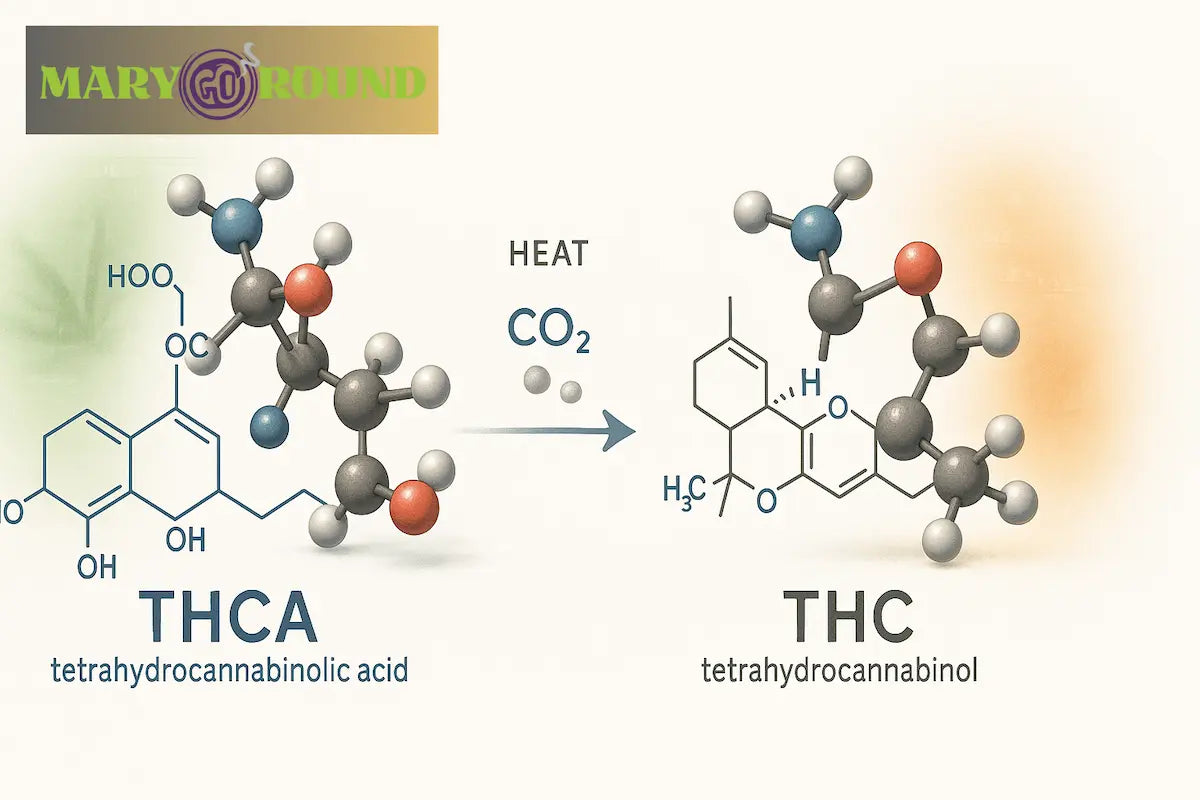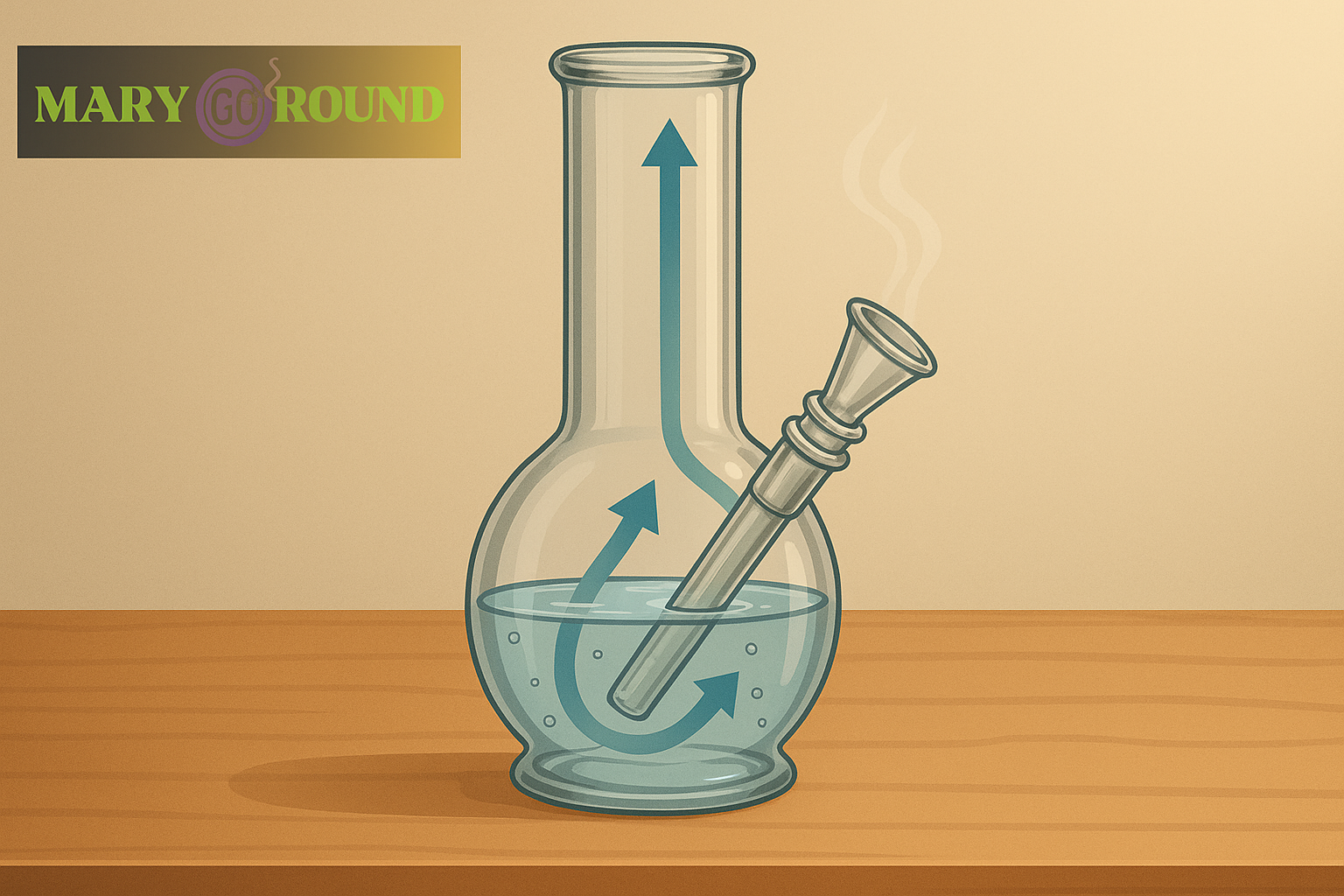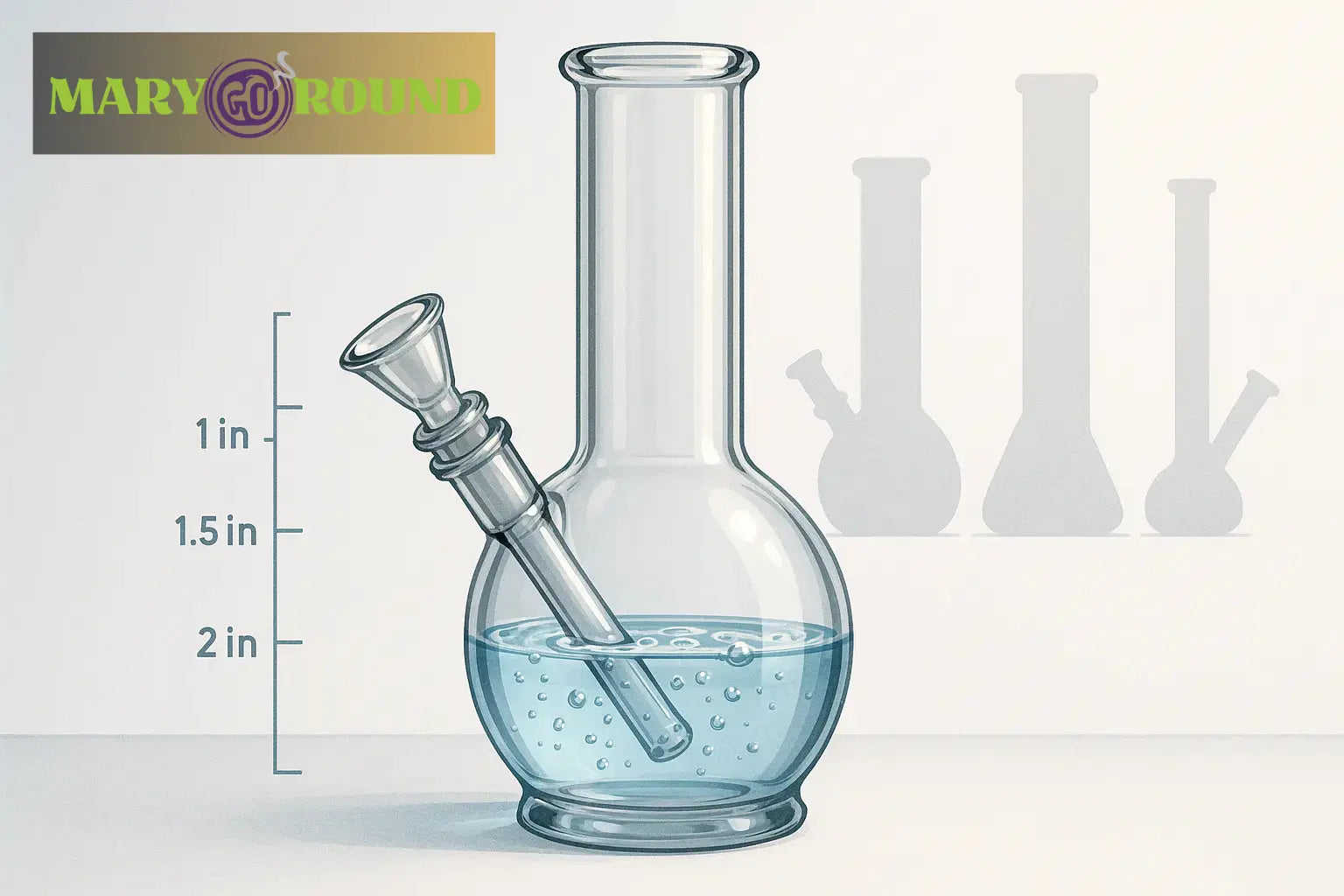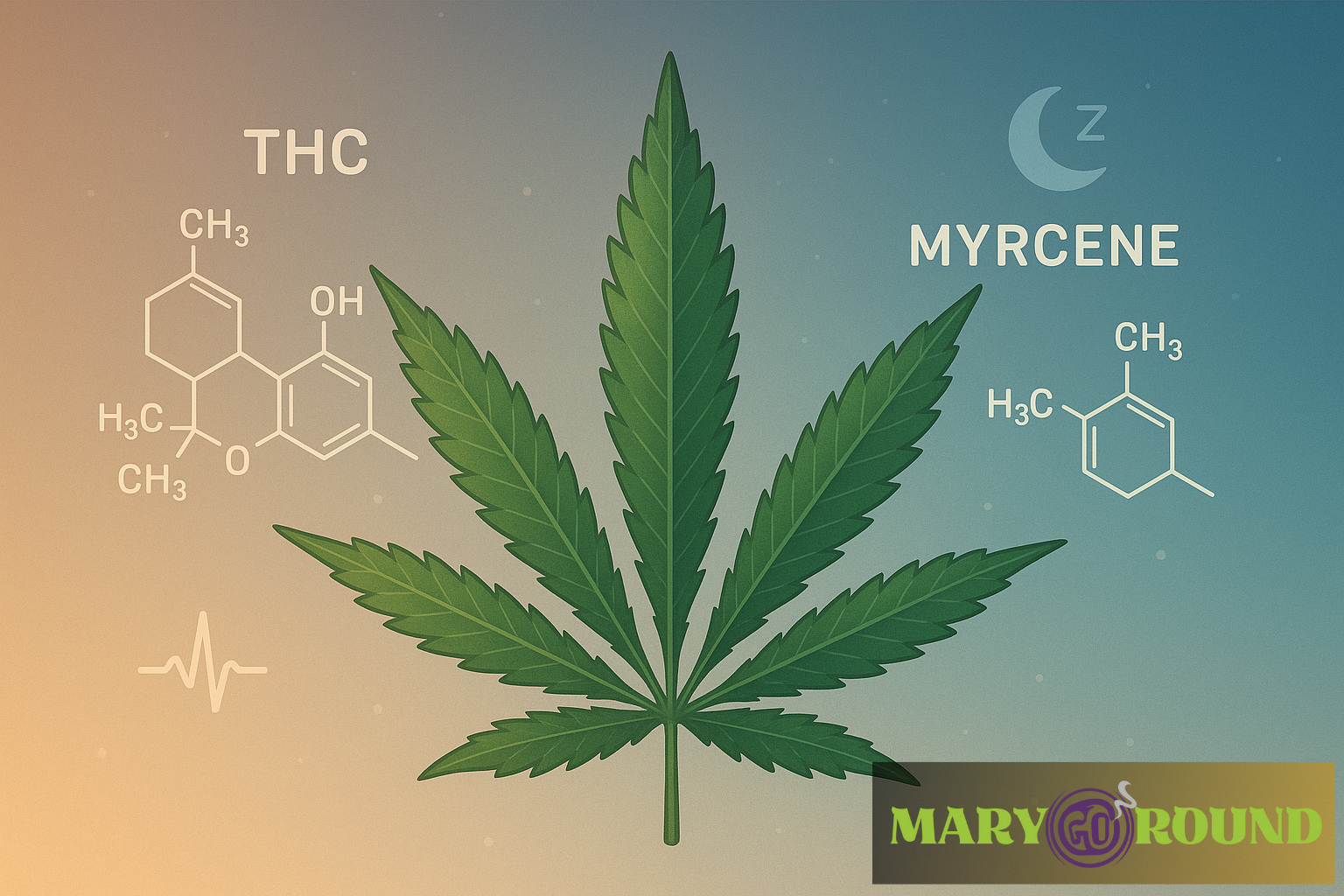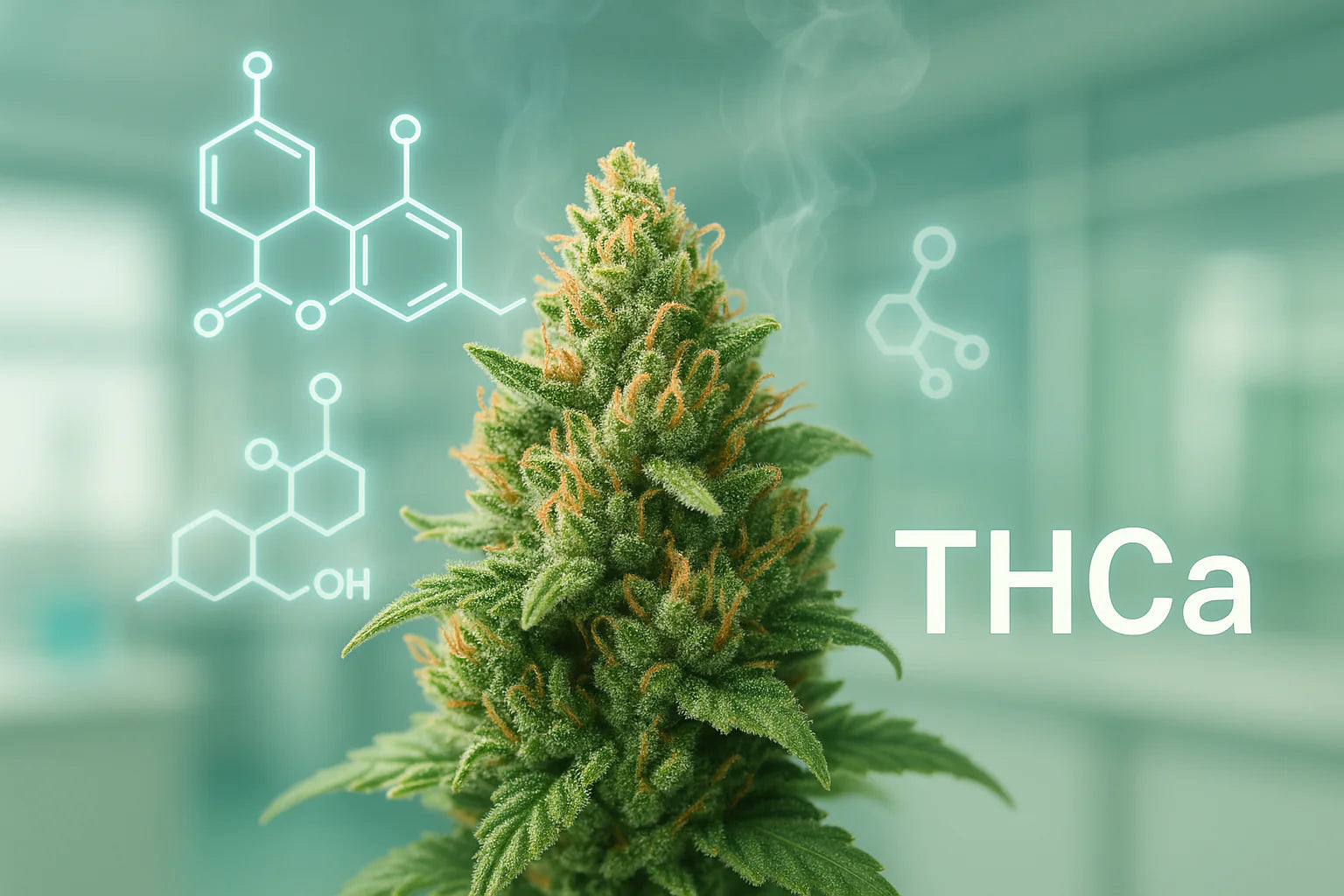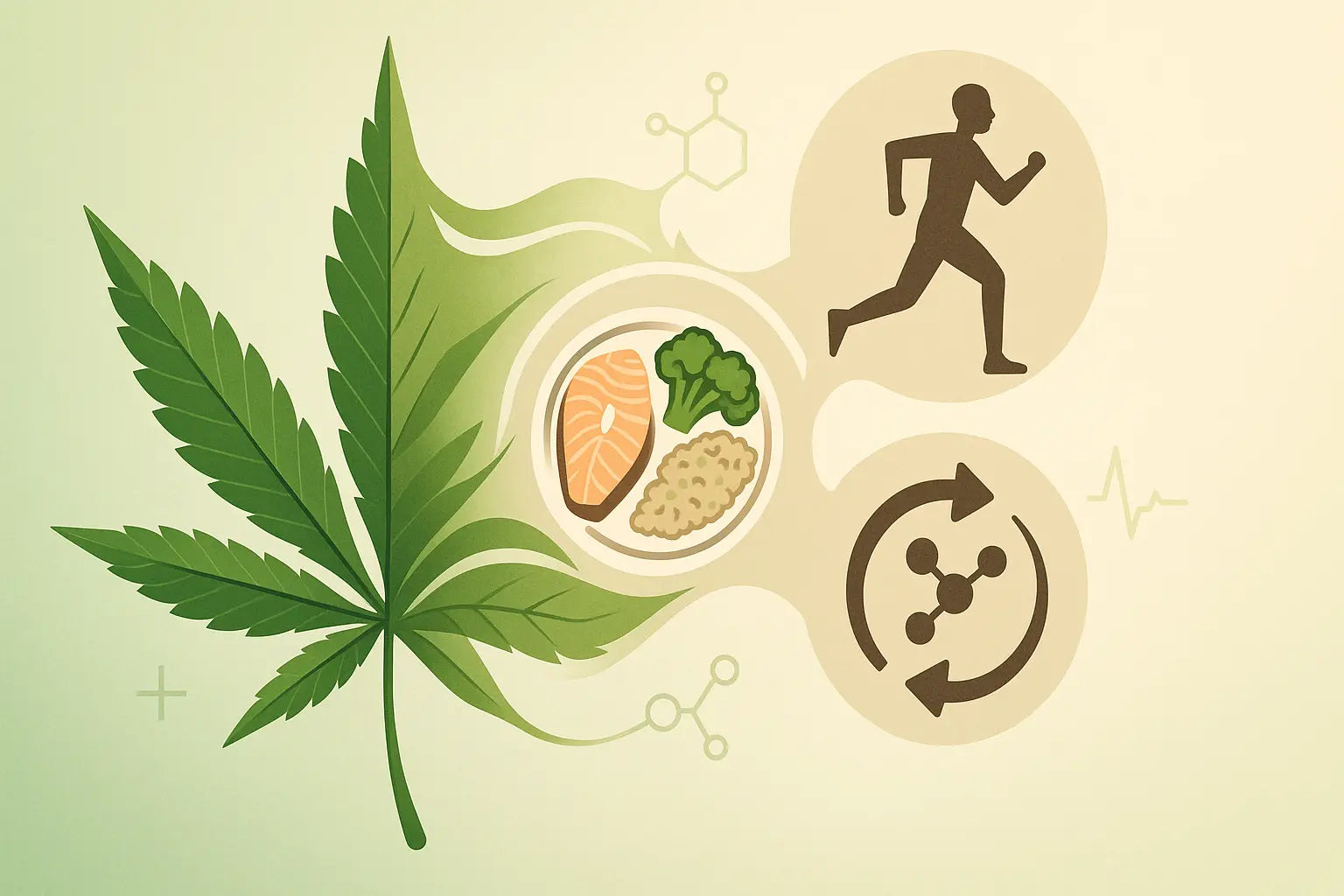
Humulene Terpene Effects: Health Benefits and Uses Explained
Posted by Tom Wittneben on
Curious about humulene terpene effects? This terpene, found in many cannabis strains, offers anti-inflammatory, antibacterial, and appetite-suppressing benefits. Known for its earthy aroma, humulene can enhance your health in surprising ways. Join us as we dive into the various effects of humulene and how it contributes to the cannabis experience.
Quick Humulene Terpene Facts
-
Anti-inflammatory properties: Humulene is well-known for its ability to reduce inflammation, making it potentially beneficial for managing conditions like arthritis, asthma, and inflammatory bowel disease.
-
Pain relief: By reducing inflammation, humulene can help alleviate pain associated with chronic conditions such as migraines and muscle soreness.
-
Antibacterial effects: This terpene has demonstrated the ability to combat harmful bacteria, including Staphylococcus aureus, which causes skin infections and other diseases.
-
Antifungal properties: Humulene can help fight fungal infections such as athlete's foot and ringworm, offering potential for skin health treatments.
-
Appetite suppression: Humulene may aid in weight loss by reducing appetite, especially when combined with beta-caryophyllene.
-
Cancer-fighting potential: Studies suggest humulene may inhibit the growth of cancer cells and promote their death, offering promising antitumor benefits.
-
Relaxation and allergy relief: Humulene has been linked to promoting relaxation and alleviating allergic reactions, making it useful for stress and respiratory conditions.
For more details, visit Green Health Docs, Cheef Botanicals, or Embarc.
Understanding Humulene
Humulene is an earthy terpene found in many cannabis strains, and it is primarily derived from the hops plant, scientifically known as humulus lupulus. Its aroma is often described as earthy and spicy, with woodsy undertones that evoke the scent of a rich forest floor. This distinctive scent makes humulene a notable presence in the world of cannabis terpenes, contributing to the complex flavor profiles of certain strains.
As part of the larger family of terpenes, humulene plays a crucial role in the sensory experience of cannabis. These compounds are not only responsible for the diverse aromas and flavors of cannabis but also contribute to its therapeutic effects. Learning about humulene and its properties helps in appreciating its potential benefits for the human body.
The Role of Humulene in Cannabis
Humulene contributes significantly to the earthy aroma and flavor profile of many cannabis strains, often resembling the scent of hops. This terpene enhances the sensory experiences by adding woody, earthy notes that deepen the overall aroma of the cannabis plant. The connection to hops further solidifies its place in the aromatic landscape of cannabis, linking the familiar scent of beer to your favorite strains.
Beyond its aromatic contributions, humulene interacts with other cannabinoids and terpenes, influencing the overall effects of cannabis. This interaction can enhance or modulate the therapeutic effects of the cannabis plant, providing a unique experience tailored by the specific combination of compounds present in each strain. The presence of humulene can influence the user’s perception of relaxation, focus, or energy levels.
Humulene’s role in cannabis is not limited to its sensory contributions; it also offers potential therapeutic benefits. Understanding how humulene interacts with cannabinoids and terpenes like THC and beta-caryophyllene reveals its importance in shaping the overall cannabis experience. This makes humulene a valuable component in the diverse world of cannabis terpenes.
Anti-Inflammatory Properties of Humulene
One of the most notable benefits of humulene is its anti-inflammatory properties. Research indicates that α-humulene can significantly reduce IL-6 levels in a dose-dependent manner, showcasing its potential to combat inflammation. Studies show that adding 100 µM α-humulene reduced IL-6 release by approximately 60% compared to controls, highlighting its effectiveness.
These findings suggest that α-humulene could be beneficial in treatment of conditions characterized by chronic inflammation, such as arthritis or inflammatory bowel diseases. Modulating high levels of cytokine levels, humulene may help alleviate symptoms and improve the quality of life for individuals with these conditions.
The anti-inflammatory effects of humulene also make it a valuable component in pain management, as reducing inflammation can lead to decreased pain perception. Humulene also alleviates pain to relieve pain by enhancing the body’s natural opioid chemicals.
Reducing inflammation and enhancing pain relief, humulene is a promising candidate for managing various painful conditions. Whether used topically in creams or lotions or inhaled through vaporizing, humulene offers a natural alternative to traditional pain relief methods.
Humulene as an Appetite Suppressant
Humulene stands out among cannabis terpenes for its potential as an appetite suppressant. Unlike other terpenes that may enhance appetite, humulene suppresses it, distinguishing itself as a unique compound within the cannabis plant. This appetite-suppressing effect is particularly notable when humulene interacts with beta-caryophyllene, another terpene known for its role in appetite control.
Interestingly, humulene does not interact with cannabinoid receptors in the same way that other terpenes do, which means it does not enhance the psychoactive experience of cannabis. This makes it an attractive option for weight management or reducing appetite without the psychoactive effects often associated with cannabis.
The potential benefits of humulene in appetite suppression add another layer to its diverse therapeutic profile.
Antibacterial and Antifungal Properties
Humulene’s antibacterial and antifungal properties make it a valuable natural compounds in combating various infections. This terpene exhibits broad-spectrum antibacterial capabilities, making it effective against multiple types of bacteria. Particularly, alpha-humulene has demonstrated significant antimicrobial effects against Gram-positive bacteria such as Staphylococcus aureus and Enterococcus faecalis.
The antibacterial action of alpha-humulene involves disrupting the bacterial cell membrane structure, which hampers the bacteria’s ability to survive and proliferate. Formulations containing higher concentrations of alpha-humulene, specifically 10% and 20%, have shown enhanced antibacterial efficacy, making them potent options for addressing bacterial infections.
In addition to its antibacterial properties, alpha-humulene also exhibits antifungal activity against various species, including some from the Candida genus. This makes humulene an effective ingredient in formulations designed to combat fungal infections. The addition of alpha-humulene to periodontal dressings can improve their antimicrobial properties, enhancing their effectiveness in clinical applications.
Potential Anticancer Effects of Humulene
Research has shown that alpha-humulene can significantly inhibit the growth of various cancer cell lines, including those from breast, colon, and liver cancers. In rodent models, alpha-humulene has been shown to reduce tumor growth and inflammation markers when administered orally. These findings point to humulene’s potential as a natural anticancer agent.
The mechanisms behind alpha-humulene’s anticancer effects include the induction of oxidative stress and the triggering of apoptosis in cancer cells. Promoting oxidative stress, humulene disrupts the cellular environment of cancer cells, leading to their death. This selective cytotoxicity, where humulene targets cancer cells while sparing normal cells, suggests a promising therapeutic index involving reactive oxygen species.
These properties make humulene a valuable compound in the ongoing search for effective cancer treatments. While more research is needed to fully understand its potential, the existing evidence highlights the remarkable therapeutic possibilities of alpha-humulene in oncology.
Pain Relief and Analgesic Benefits
Humulene’s pain-relieving properties are another aspect of its therapeutic potential. Due to its anti-inflammatory properties, humulene can help with pain management by reducing inflammation, which is often a source of pain. This makes humulene a valuable addition to the arsenal of natural pain relief options.
Inhaling humulene through vaporizing or smoking cannabis strains rich in this terpene can provide effective pain relief. This method allows for the quick absorption of humulene, offering prompt alleviation of discomfort.
Whether used alone or in combination with other terpenes and cannabinoids, humulene’s analgesic benefits are supported by a growing body of research and evidence.
Common Cannabis Strains High in Humulene
Various cannabis strains are known for their high humulene content, offering a range of flavors, aromas, and effects. Girl Scout Cookies, for instance, combines sweet and earthy flavors, providing relaxation and a sense of calm due to its humulene content. White Widow is another popular strain, favored for its woody and earthy aroma and calming yet mentally clarifying effects.
Super Lemon Haze stands out with its citrus flavor and energizing effects, balanced by humulene’s presence. Skywalker OG is recognized for its sedative properties and uses humulene for its potential anti-inflammatory benefits. Durban Poison, a pure sativa, offers an earthy and herbal aroma contributed by humulene, enhancing focus and energy.
Other notable strains include Blue Dream, Bubba Kush, Sour Diesel, Headband, and OG Kush, each featuring humulene prominently in their terpene profiles. These strains highlight the diverse ways humulene can enhance the cannabis experience, whether through flavor, aroma, or therapeutic effects.
How to Use Humulene in Aromatherapy
Humulene is utilized in aromatherapy to encourage relaxation and alleviate stress. It is commonly mixed with other essential oils, such as lavender and chamomile, for enhanced therapeutic effects. These blends can be used in diffusers, added to bathwater, or applied topically in diluted essential oil forms, providing a soothing and calming experience.
In addition to its use in essential oils, humulene is included in remedies like ginseng tea and sage oil, known for their soothing effects. Essential oils containing humulene can also be ingested or added to food and beverages, offering a versatile approach to incorporating this beneficial terpene into daily wellness routines.
The Entourage Effect and Humulene
Humulene plays a significant role in shaping the overall therapeutic effects of cannabis by interacting with other cannabinoids and terpenes. The entourage effect refers to the synergistic interaction between these compounds, which can amplify their individual benefits. For example, combining humulene with cannabinoids like THC and CBD can enhance pain relief, reduce inflammation, and offer other therapeutic effects.
Humulene aids in creating a more robust cannabis experience by interacting with other terpenes, contributing to the overall terpene profiles of different strains. This interaction can lead to a more balanced and effective therapeutic outcome, whether for relaxation, focus, or active energy in our cannabis terpenes series, helping to produce a more satisfying experience.
Additionally, humulene may help reduce appetite and promote weight loss by working synergistically with cannabinoids like tetrahydrocannabivarin (THCV). Understanding the entourage effect and humulene’s role in it provides valuable insights into how cannabis can be used more effectively for various therapeutic purposes. This knowledge empowers users to make informed choices about the cannabis products they use.
Identifying Humulene in Cannabis Products
Humulene is the third most abundant terpene found in cannabis, making it a common component in many cannabis strains. Identifying humulene in cannabis products involves checking the Certificates of Analysis (COAs), which list the cannabinoids and terpenes present in the product. These documents are essential for verifying the safety and composition of cannabis products, ensuring that consumers know what they are using.
Humulene can be found in various types of cannabis strains, including sativas, indicas, and hybrids. The Chem Scout indica strain, for example, has earthy, cake-like flavor profiles that hint at the presence of humulene. Similarly, the Candy Store hybrid strain is known for its uplifting and soothing effects, which may be attributed to its humulene content.
Recognizing these sensory indicators can help users identify and select products that contain humulene.
Humulene Effects Wrapped
Humulene plays a versatile and significant role in the world of cannabis terpenes. From its earthy, spicy aroma to its wide range of therapeutic benefits, this terpene stands out for its ability to enhance the cannabis experience. Humulene’s anti-inflammatory, antibacterial, antifungal, and anticancer properties make it a valuable natural compound for health and wellness.
Its unique role as an appetite suppressant and its contribution to the entourage effect further highlight the health benefits of humulene. Whether used in aromatherapy, pain management, or as part of a holistic wellness routine, humulene offers a multitude of ways to improve well-being.
Understanding and appreciating the effects of humulene can lead to more informed and effective use of cannabis products.
In summary, humulene is a multifaceted terpene with a wide range of health benefits and uses. Its anti-inflammatory, antibacterial, antifungal, and anticancer properties make it a powerful natural compound. Additionally, its role as an appetite suppressant and its contribution to the entourage effect further enhance its therapeutic potential.
As we continue to explore the benefits of cannabis terpenes, humulene stands out as a particularly valuable component. By understanding its effects and how to identify it in cannabis products, users can make more informed choices about their wellness routines. Embracing the potential of humulene can lead to a healthier, more balanced lifestyle.
People Also Ask
What does the terpene humulene do?
Humulene is a terpene found in many cannabis strains, known for its earthy and spicy aroma. It offers a range of health benefits, including anti-inflammatory, antibacterial, and appetite-suppressing effects, contributing to the overall therapeutic profile of cannabis.
Is humulene a sativa or indica?
Humulene is not exclusive to sativa or indica strains; it is present in both types. This terpene can be found in various cannabis strains, including hybrids, each offering unique effects and flavor profiles.
Does humulene suppress appetite?
Yes, humulene is recognized for its appetite-suppressing properties. It can help manage appetite when combined with other terpenes like beta-caryophyllene, making it a potential aid for weight management.
Is humulene good for anxiety?
Humulene may help alleviate anxiety due to its relaxing properties. By interacting with other cannabinoids and terpenes, it can contribute to a calming effect, though more research is needed to fully understand its impact on anxiety.
Does humulene make you sleepy?
Humulene itself is not directly associated with inducing sleepiness, but its interaction with other compounds in cannabis can influence relaxation and stress relief, which may aid in promoting restfulness.





